When to Sow Peas
When you sow your peas will depend on whether you’re sowing indoors or outdoors:
If sowing peas indoors, you should sow them in February or March for a head start.
For sowing outdoors, you should follow the following recommendations:
First Earlies are sown from March to early June and will be ready to pick in 11 to 13 weeks.
Second Earlies are sown from March to June and ready in around 14 weeks.
Maincrops are sown from March to June and take up to 16 weeks.
Additional Tips
If you sow earlies or second earlies every 14-28 days from March to June, you will be rewarded with a continuous crop. There are also some varieties of peas that are hardy enough to be sown in October/November, such as Pea Meteor and Pea Douce Provence.
How to Sow Peas
Sowing Peas Indoors
Peas can be sown indoors to give them a head start in more controlled conditions. This can be useful in preventing slugs and snails from attacking your seedlings and preventing the risk of seeds failing to germinate due to the cold and wet climate.
There are several methods of sowing indoors, which are described below. Whichever of these methods you choose, you should sow your pea seeds indoors around February or March.
You can sow your seeds in seed trays and using quality, peat-free garden compost, sowing one seed per module around 5cm (2in) deep.
One method that is relatively popular is to sow seeds across a length of guttering to ensure they grow in straight rows and for easy planting into a trench when planted outdoors. These should be sown about 7.5cm (3in) apart in a double row.
Sowing Peas Outdoors
If you’re sowing your peas directly outdoors, you should do so between March and early June when the soil is warm.
The easiest way to sow is to dig out a flat-bottomedtrench with a spade, 5cm (2in) deep and 15cm (6in) wide. Then sow the seeds evenly in the trench, in a zigzag fashion, approximately 7.5cm (3in) apart, cover lightly with soil and firm down. If you require a second row, the distance between the rows should be the approximate expected height of the plants.
Support
Apart from dwarf varieties, you will need to provide some support for the plants to scramble up. One of the easiest and most natural supports is to insert some twiggy branches alongside the plants when they are approximately 7.5cm (3in) tall. You could use pea netting for them to grow up,though some may find it difficult to untangle the plants from at the end of the season.
Ground Preparation
Sowing
Planting
Plant Care
Harvesting
Problems










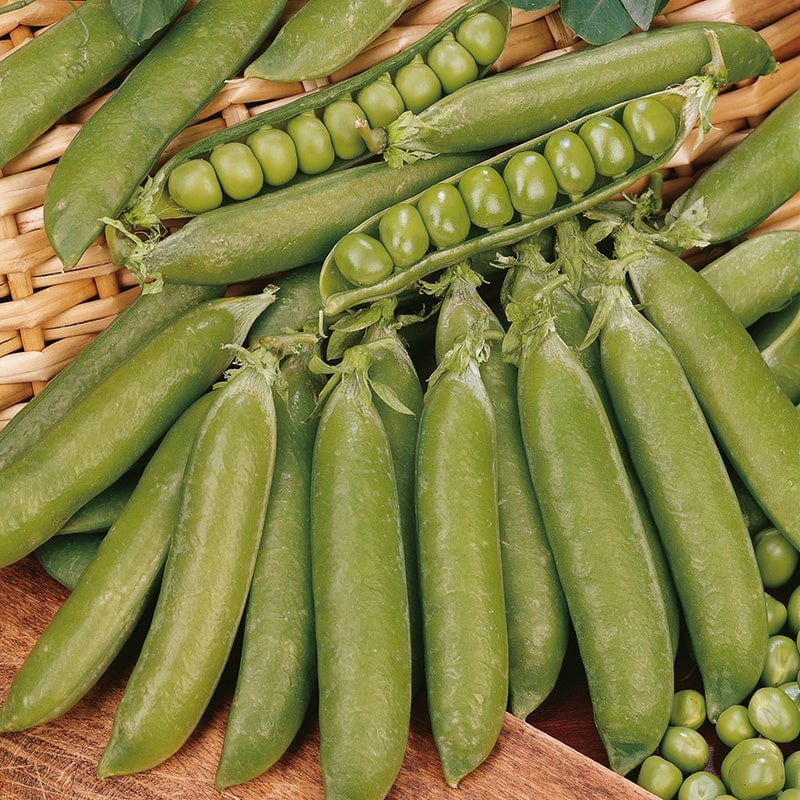
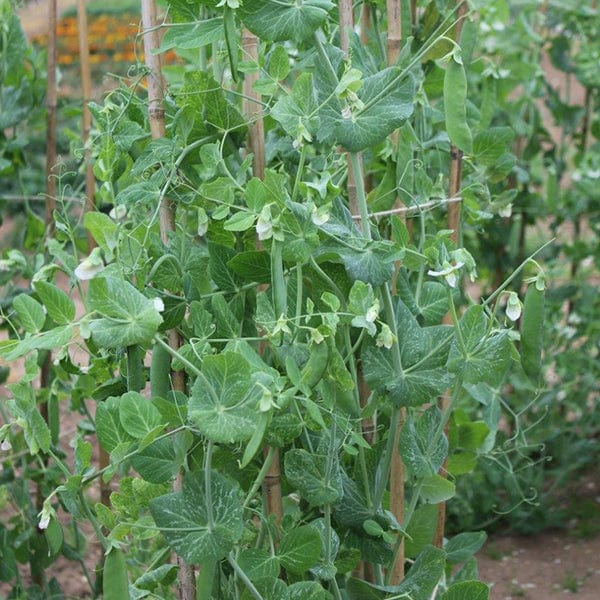
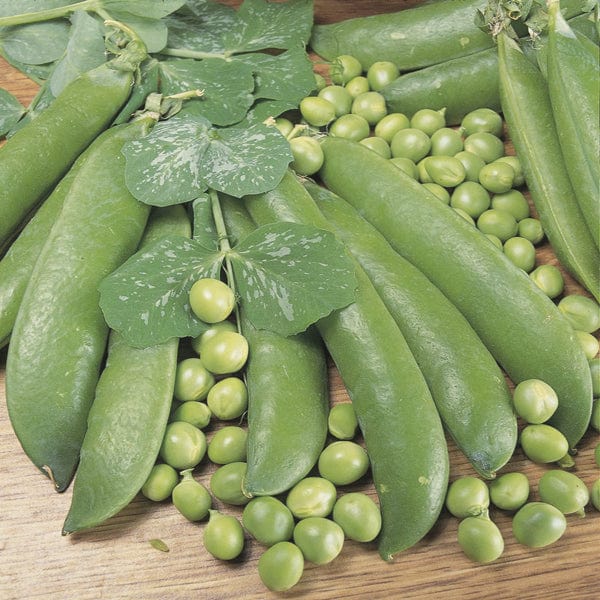
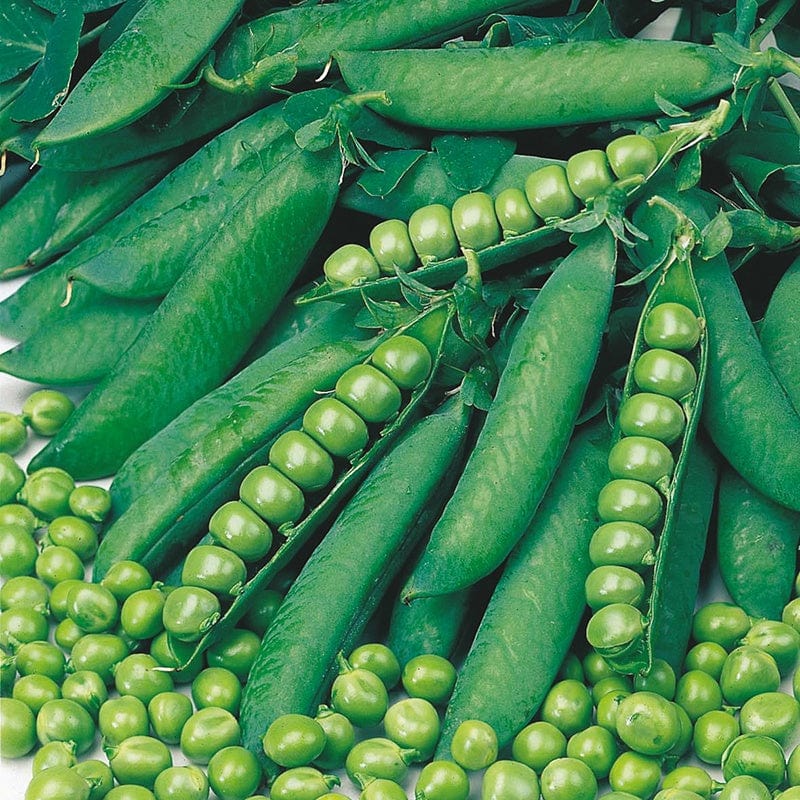






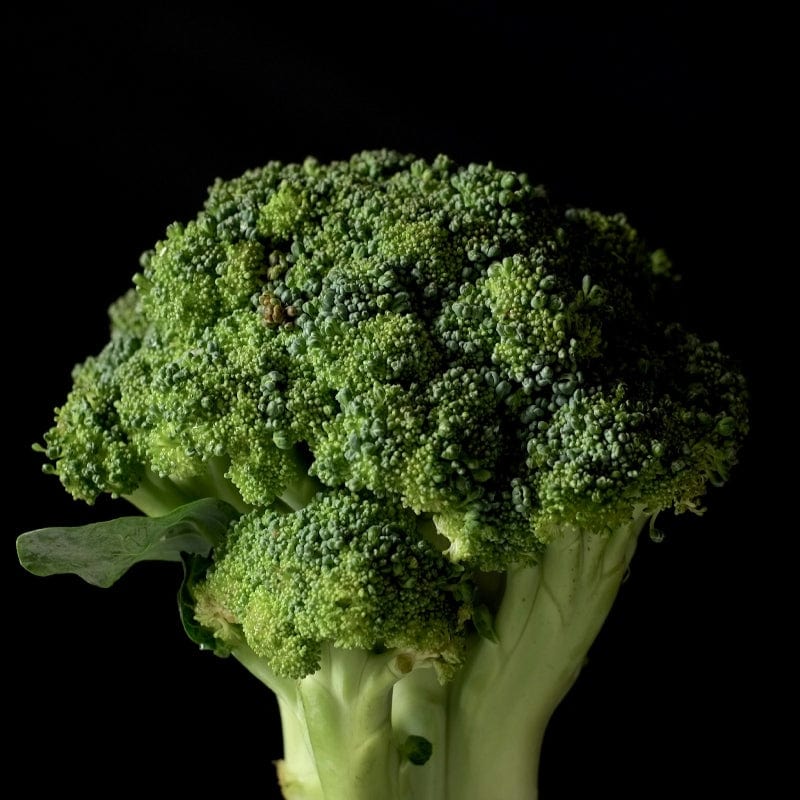
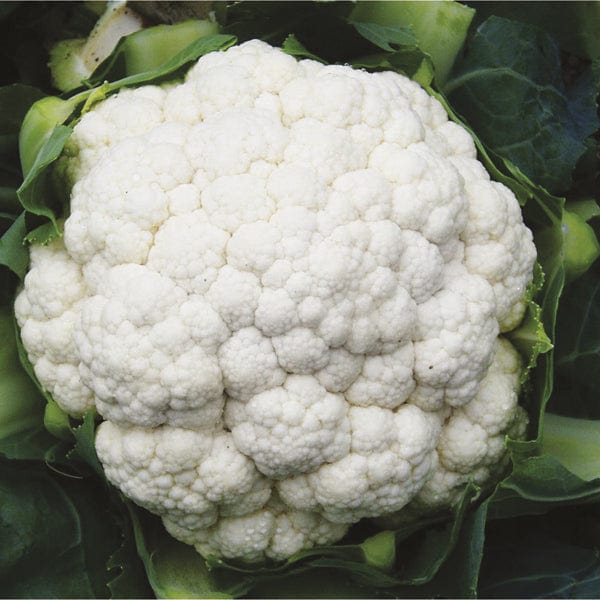
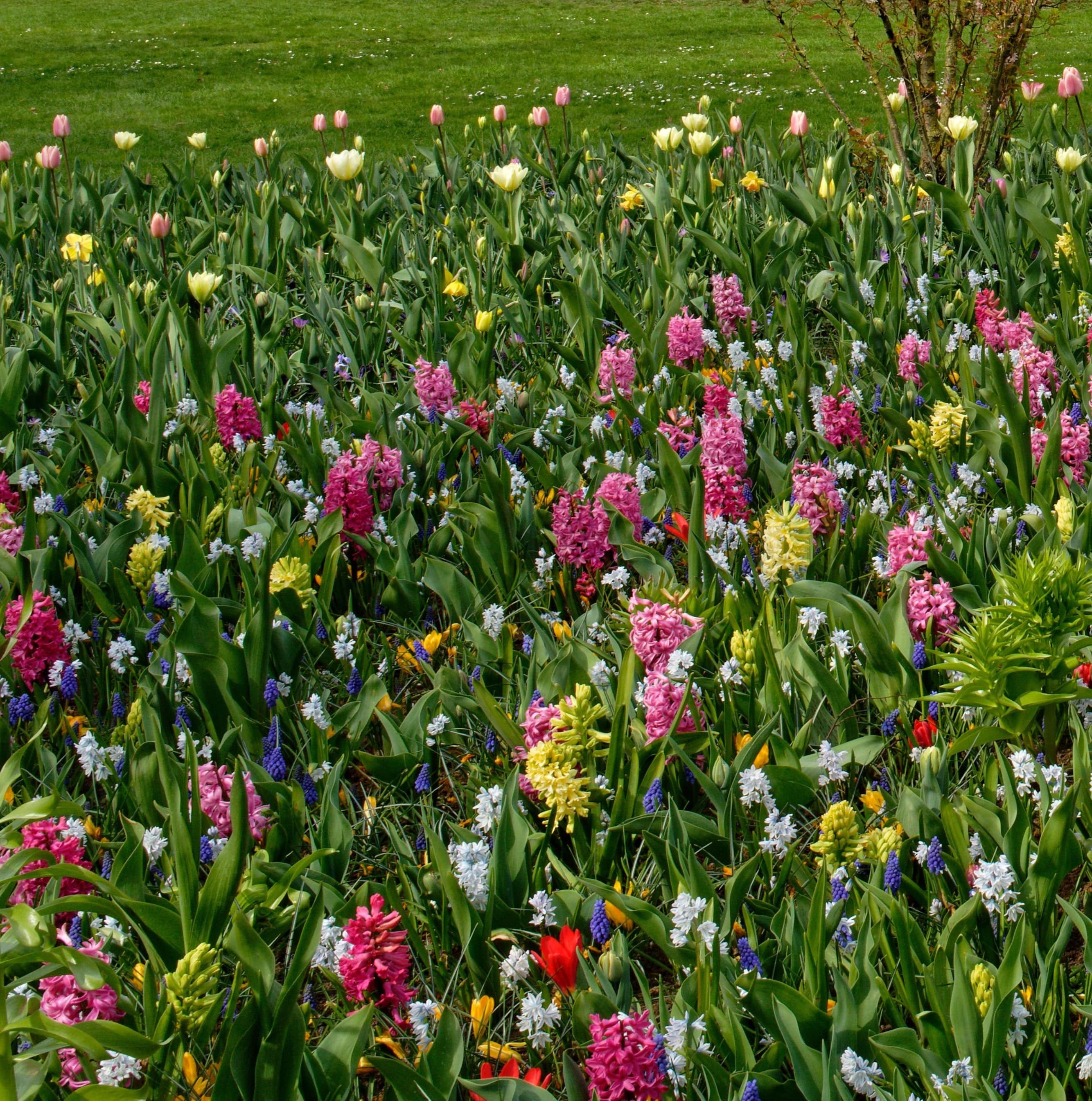
Leave a comment
All comments are moderated before being published.
This site is protected by hCaptcha and the hCaptcha Privacy Policy and Terms of Service apply.